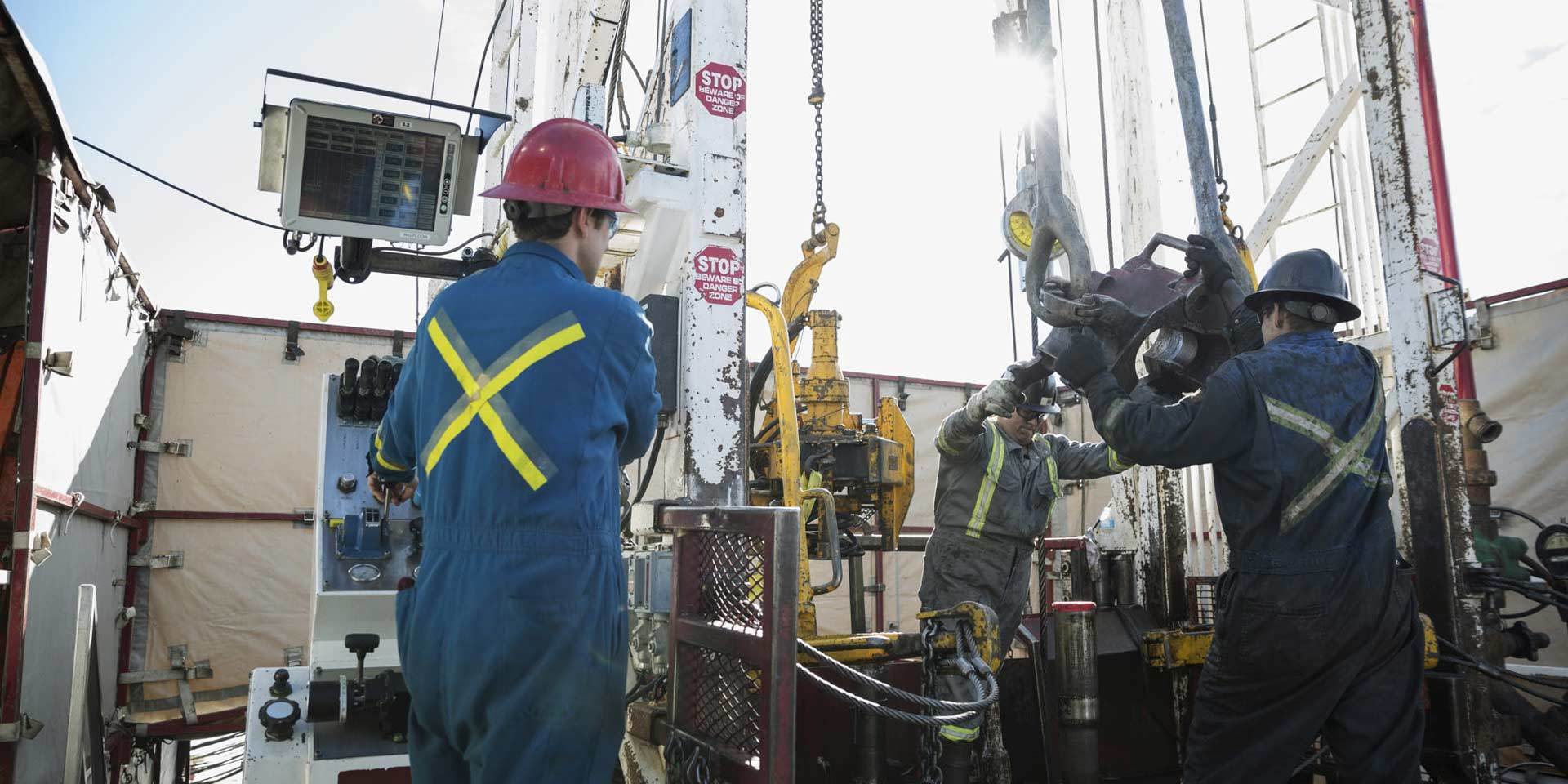Drilling Motor: Essential Equipment for the Oil Extraction Industry
Classification:
Release time:
2023/09/16
【Summary Description】 Discover the significance of drilling motors in the metallurgy, mining, and energy industries, specifically in the field of oil drilling equipment. Gain insight into their role, function, and importan
In the realm of metallurgy, mining, and energy, particularly within the oil drilling equipment sector, the drilling motor stands as a vital component. With its pivotal role in enhancing drilling efficiency, it plays a crucial part in ensuring successful extraction processes.
A drilling motor, also referred to as a downhole motor, is an indispensable tool employed in various drilling applications. Its primary function is to convert hydraulic energy from drilling fluid into mechanical energy, which drives the drill bit's rotation. This rotational force enables the penetration of rock formations and facilitates the extraction of valuable resources, such as oil and gas.
The drilling motor offers numerous advantages over traditional drilling methods. Firstly, it enables the drilling process to be conducted with greater precision and accuracy, resulting in improved wellbore placement. This precision is vital in maximizing hydrocarbon recovery while minimizing drilling risks.
One of the key benefits of drilling motors is their ability to increase drilling efficiency by reducing drilling time. By utilizing a drilling motor, the rate of penetration can be significantly enhanced, leading to quicker completion of drilling projects. This not only saves time but also reduces operational costs, making it an ideal choice for the oil and gas industry.
Drilling motors are engineered to withstand harsh drilling conditions, including high temperatures, high pressures, and abrasive drilling fluids. Their robust design and durability ensure reliable performance, enabling them to endure the demanding environments encountered during drilling operations.
It is important to note that drilling motors come in various types and configurations, allowing for versatility in different drilling scenarios. These variations include mud motors, turbine motors, positive displacement motors, and others. The selection of an appropriate drilling motor depends on factors such as drilling objectives, formation characteristics, and operational requirements.
In conclusion, the drilling motor plays a vital role in the metallurgy, mining, and energy industries, particularly in the field of oil drilling equipment. Its ability to convert hydraulic energy into mechanical energy enables efficient drilling operations, enhancing precision, reducing drilling time, and increasing overall drilling efficiency. With their durability and adaptability to various drilling conditions, drilling motors have become an indispensable tool in the pursuit of successful oil extraction.
A drilling motor, also referred to as a downhole motor, is an indispensable tool employed in various drilling applications. Its primary function is to convert hydraulic energy from drilling fluid into mechanical energy, which drives the drill bit's rotation. This rotational force enables the penetration of rock formations and facilitates the extraction of valuable resources, such as oil and gas.
The drilling motor offers numerous advantages over traditional drilling methods. Firstly, it enables the drilling process to be conducted with greater precision and accuracy, resulting in improved wellbore placement. This precision is vital in maximizing hydrocarbon recovery while minimizing drilling risks.
One of the key benefits of drilling motors is their ability to increase drilling efficiency by reducing drilling time. By utilizing a drilling motor, the rate of penetration can be significantly enhanced, leading to quicker completion of drilling projects. This not only saves time but also reduces operational costs, making it an ideal choice for the oil and gas industry.
Drilling motors are engineered to withstand harsh drilling conditions, including high temperatures, high pressures, and abrasive drilling fluids. Their robust design and durability ensure reliable performance, enabling them to endure the demanding environments encountered during drilling operations.
It is important to note that drilling motors come in various types and configurations, allowing for versatility in different drilling scenarios. These variations include mud motors, turbine motors, positive displacement motors, and others. The selection of an appropriate drilling motor depends on factors such as drilling objectives, formation characteristics, and operational requirements.
In conclusion, the drilling motor plays a vital role in the metallurgy, mining, and energy industries, particularly in the field of oil drilling equipment. Its ability to convert hydraulic energy into mechanical energy enables efficient drilling operations, enhancing precision, reducing drilling time, and increasing overall drilling efficiency. With their durability and adaptability to various drilling conditions, drilling motors have become an indispensable tool in the pursuit of successful oil extraction.
Key words:
Related News

